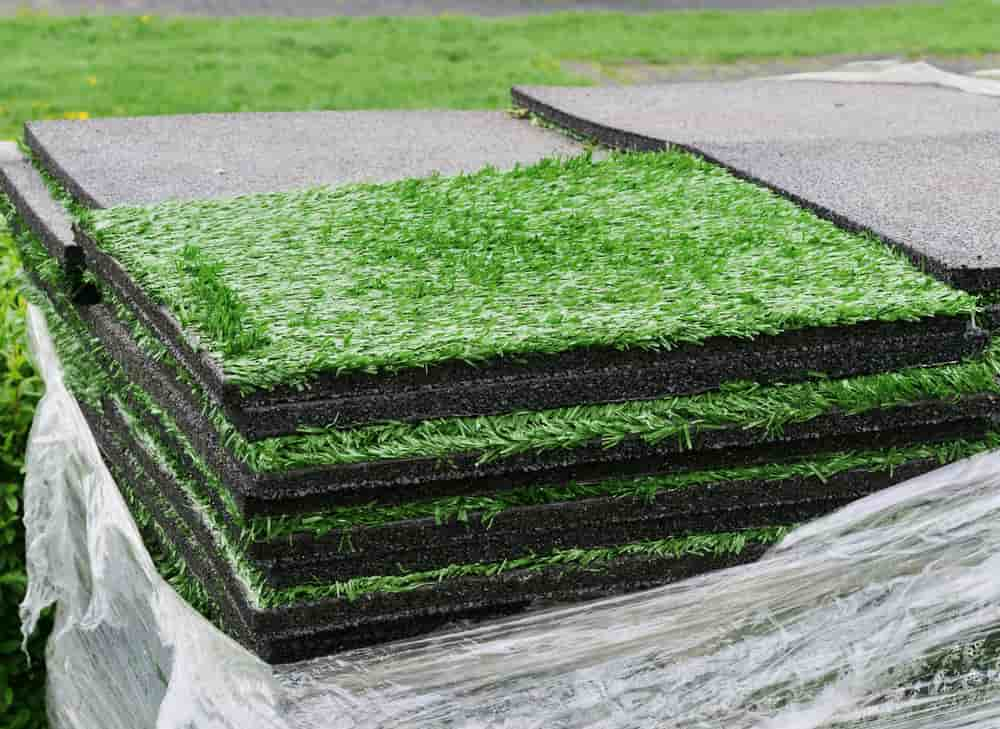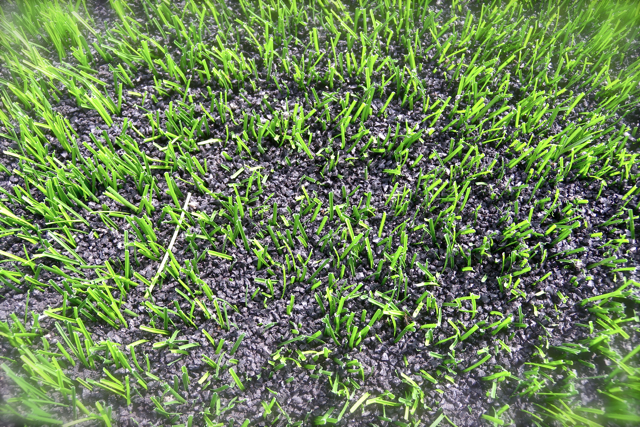Premium Arizona Turf Solutions for a Stunning and Green Landscape
Premium Arizona Turf Solutions for a Stunning and Green Landscape
Blog Article
Look Into the Environmental Advantages of Opting for Synthetic Grass Solutions
The adoption of fabricated turf solutions offers an engaging chance to deal with pushing ecological difficulties. By dramatically minimizing water use and reducing the application of damaging chemicals, these alternatives not just advertise lasting landscaping however also shield regional ecological communities.
Water Preservation Conveniences
Among the most significant advantages of synthetic grass is its capability to save water. Standard lawn lawns require considerable irrigation, especially in locations vulnerable to drought or water limitations. On the other hand, synthetic grass does not require watering, considerably lowering the general demand for water sources. This function is particularly useful in deserts where water scarcity is a pressing issue.
By removing the demand for normal watering, synthetic grass adds to sustainable landscape methods and aids reduce the environmental effect of too much water intake. The preservation of water extends to the reduction of runoff, which can lead to dirt erosion and river pollution.
Additionally, the installation of synthetic grass permits home owners and towns to assign water sources much more efficiently, focusing on necessary uses such as alcohol consumption water and farming. The shift towards synthetic grass not just promotes liable water usage but likewise straightens with broader environmental goals intended at protecting natural deposits.
As areas significantly focus on sustainability, the water conservation advantages of synthetic grass offer an engaging instance for its adoption in household and business landscape design tasks.
Minimized Chemical Use
The shift to man-made turf considerably decreases the dependence on chemical therapies typically utilized in natural lawn maintenance. Typical grass management typically involves the application of pesticides, plant foods, and herbicides to advertise development and control parasites. These chemicals can present threats to human wellness, local wildlife, and the environment, adding to dirt and water contamination.
In comparison, fabricated lawn removes the need for these damaging compounds. As soon as mounted, it calls for very little upkeep, largely containing routine cleansing and occasional infill replenishment. This decrease in chemical use not only benefits the prompt environment yet also adds to wider ecological security. By decreasing the launch of artificial compounds into the community, artificial lawn advertises healthier soil and water systems.
Additionally, the absence of chemical overflow related to man-made grass setups helps protect local rivers from air pollution, sustaining marine life and keeping biodiversity. Arizona artificial turf. As neighborhoods significantly prioritize sustainable practices, deciding for synthetic grass offers a viable remedy that aligns with environmental preservation goals. With this change, residential or commercial property proprietors can delight in rich eco-friendly rooms without jeopardizing eco-friendly health and wellness, leading the way for a much more sustainable future
Lower Carbon Footprint

Furthermore, the setup of synthetic grass can lead to substantial water conservation. All-natural grass require significant quantities of water for watering, which not only contributes to the carbon footprint linked with water removal and treatment yet also pressures local water sources. In comparison, synthetic grass needs very little upkeep, needing no watering, thus significantly lowering water usage and its linked energy Check Out Your URL prices.
Furthermore, the long life of synthetic lawn contributes to its lower carbon influence. With a lifespan of as much as 15 years or more, the requirement for constant replacements is diminished, leading to less waste and reduced power intake in production and dealing with conventional yard options. In general, synthetic grass presents a sustainable option for ecologically mindful landscaping.
Habitat Preservation
Habitat preservation is an important factor to consider in the dispute over landscaping choices, particularly when contrasting fabricated lawn to all-natural turf. Natural yard yards usually require comprehensive maintenance, consisting of using plant foods, chemicals, and herbicides, which can adversely influence local environments. These chemicals can seep into the soil and waterways, harming native flora and animals and interrupting regional habitats.
On the other hand, synthetic turf provides a chance to minimize the ecological impact of landscape design. By selecting artificial yard, house owners can lessen the disruption of all-natural environments related to conventional grass care practices. Synthetic grass removes the need for unsafe chemicals, consequently shielding nearby wild animals and keeping the integrity of surrounding ecological communities. Furthermore, the installment of artificial grass can bring about the conversion of former turf locations into more biodiverse landscapes, such as pollinator yards or indigenous plant locations, which can support regional wild animals.
Ultimately, the change to artificial turf not only conserves water and reduces maintenance initiatives yet additionally cultivates a much more unified connection between human activities and the native environment, advertising environment conservation in the procedure.
Long-Term Sustainability
Long-lasting sustainability is a crucial element in assessing the advantages of synthetic lawn over standard turf lawns. Among one of the most considerable benefits of artificial lawn is its longevity; it can last approximately 15-20 years with very little maintenance, whereas all-natural turf requires regular reseeding and replacement. This long life decreases the demand for continuous resources, such as water, fertilizers, and chemicals, which are important for keeping a healthy yard yard.
Additionally, fabricated grass adds to a decrease in carbon exhausts linked with lawn treatment equipment. Traditional grass commonly require gas-powered lawn mowers, trimmers, and blowers, every one of which add to air check out here contamination. Phoenix turf companies. On the other hand, synthetic grass eliminates the requirement for such tools, promoting a cleaner setting
Moreover, the production of fabricated turf progressively uses recycled products, enhancing its sustainability profile. As makers take on environmentally friendly techniques, the ecological footprint of synthetic lawn continues to decrease.

Conclusion
The adoption of man-made lawn remedies presents significant environmental advantages, including considerable water preservation, reduced reliance on dangerous chemicals, and a reduced carbon impact. Synthetic turf aids in maintaining all-natural environments by decreasing land disturbance and promoting lasting sustainability via the usage of resilient materials. Jointly, these variables highlight the potential of synthetic grass to add positively to environmental wellness and supply a feasible option to conventional landscape design techniques in a significantly resource-conscious globe.
In contrast, artificial lawn does not need watering, considerably reducing the total demand for water sources. By lessening the release of artificial substances into the ecosystem, fabricated grass advertises healthier dirt and water systems.
Moreover, the setup of synthetic lawn can result in considerable water preservation. In contrast, artificial lawn needs very little maintenance, needing no watering, thus dramatically minimizing water use and its associated power costs.

Report this page